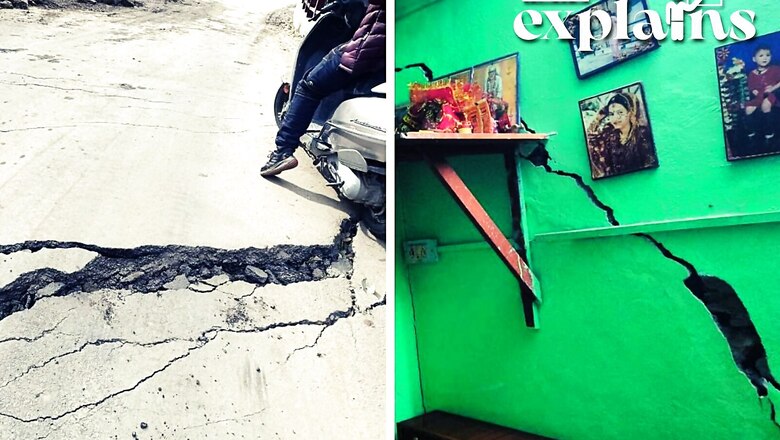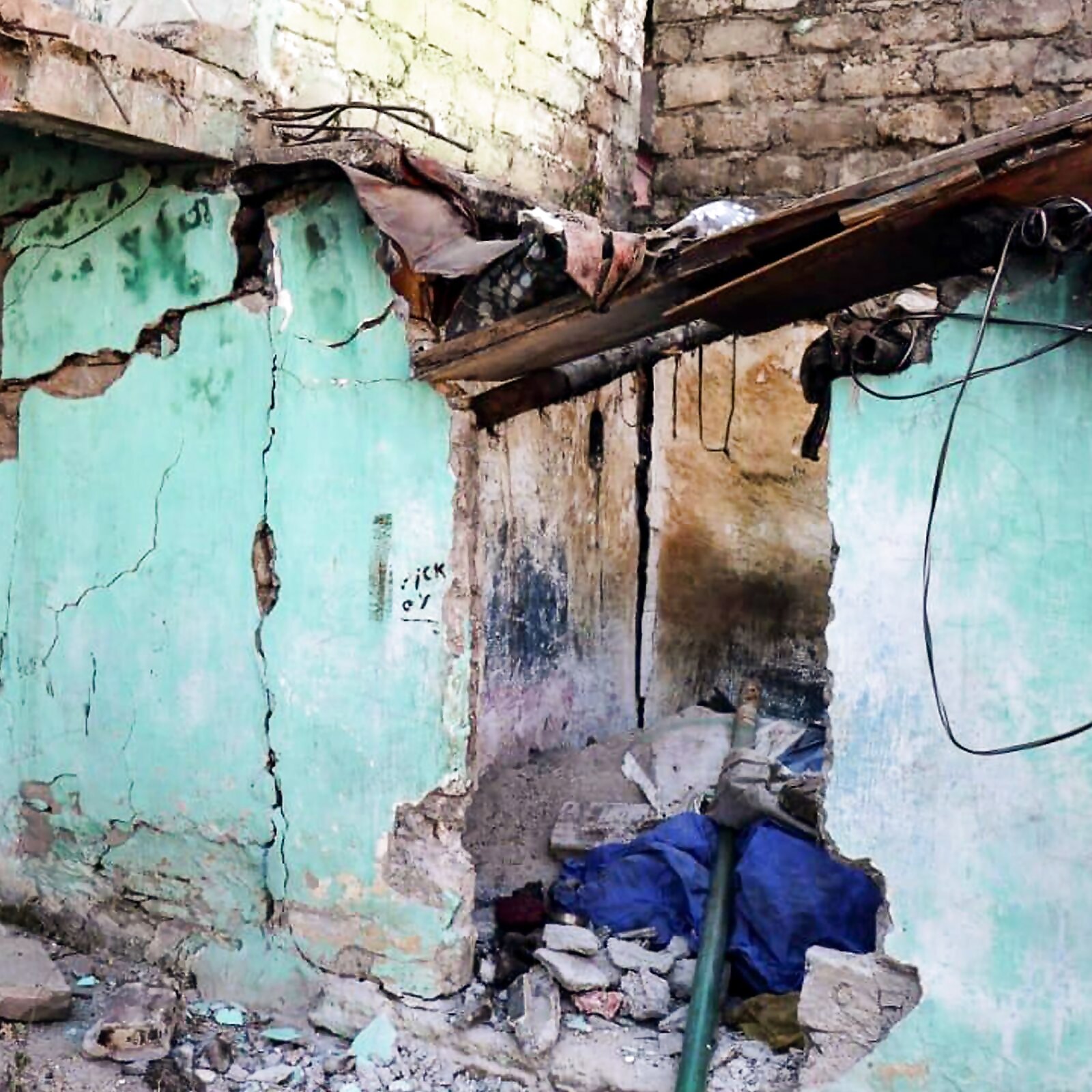
views
Evacuation and rehabilitation efforts are ongoing in Joshimath, after many structures in the town developed concerning cracks and the area was declared landslide and subsidence-hit. Meanwhile, the Congress on Monday demanded that the situation be declared a national calamity and all developmental projects in the area halted till a report by experts and environmentalists is submitted on the issue.
The opposition party described it as a man-made disaster and sought enhanced compensation for each house affected due to the “unbridled development” in the area. It asked the government to preserve the old Joshimath town and develop a new town to rehabilitate the residents.
But does such a provision exist under Indian law? News18 explores:
Does Such a Provision Exist?
Such demands are not new. They have been often made by states that undergo natural disasters such as floods, or earthquakes. But as per reports, such a provision does not exist in India.
According to an Indian Express report, there is no provision, executive or legislative, to declare a natural disaster a national disaster or calamity.

In response to a question in Parliament during the 2018 Parliament session, Kiren Rijiju had stated, “The existing guidelines of the State Disaster Response Fund (SDRF)/National Disaster Response Fund (NDRF) do not contemplate declaring a disaster as a ‘National Calamity.'”
And in March 2001, then MoS (Agriculture) Shripad Naik had told Parliament that the government had treated the 2001 Gujarat earthquake and the 1999 super cyclone in Odisha as “a calamity of unprecedented severity”.
A Standing Committee report to the Department of Water Resources, River Development, and Ganga Rejuvenation confirmed this, Down to Earth reported.
“There is no provision in the existing Scheme of State Disaster Response Fund / National Response Fund of the Ministry of Home Affairs to declare any disaster, including flood, as a National Calamity,” the DoWR, RD, and GR said in a written response.
The response was in reply to a committee question about when and under what conditions floods in an area can be declared a national calamity. The department did, however, add that whenever a calamity of “severe nature” occurred, financial assistance was provided.
What is a Calamity of ‘Severe Nature’ Then?
The 10th Finance Commission (1995-2000) considered a proposal that a disaster be designated as a “national calamity of the rarest severity” if it affects one-third of a state’s population, the Indian Express report explained.
However, the panel did not define a “calamity of rare severity,” but stated that a calamity of rare severity would have to be adjudicated on a case-by-case basis, taking into account, among other things, the intensity and magnitude of the calamity, the level of assistance required, the state’s capacity to deal with the problem, the alternatives and flexibility available within the plans to provide succour and relief, and so on.

The flash floods in Uttarakhand and Cyclone Hudhud were later classified as “severe nature” calamities.
What happens if a natural disaster is declared?
When a calamity is declared to be of “rare severity”/”severe nature,” national assistance is provided to the state government.
The Centre will also consider additional help from the NDRF. A Calamity Relief Fund (CRF) is established, with the corpus split 3:2 between the Centre and the states.
When the CRF’s resources are depleted, additional assistance from the Centre’s National Calamity Contingency Fund (NCCF) is considered. Once a calamity is declared “severe,” relief in loan repayment or the grant of new loans on concessional terms to those affected is considered.
As per the National Policy on Disaster Management, 2009, the National Crisis Management Committee headed by the Cabinet Secretary deals with major crises that have serious or national ramifications, the report said.
In the event of a major disaster, inter-ministerial central teams are dispatched to the affected states to assess the damage and provide any necessary relief assistance. An inter-ministerial group led by the Union Home Secretary studies the assessment and recommends the amount of NDRF/National Calamity Contingency Fund assistance (NCCF).
Based on this, a high-level committee composed of the Finance Minister as chairman and the Home Minister, Agriculture Minister, and Deputy Chairman of the Planning Commission as members approves central assistance.
Read all the Latest Explainers here



















Comments
0 comment